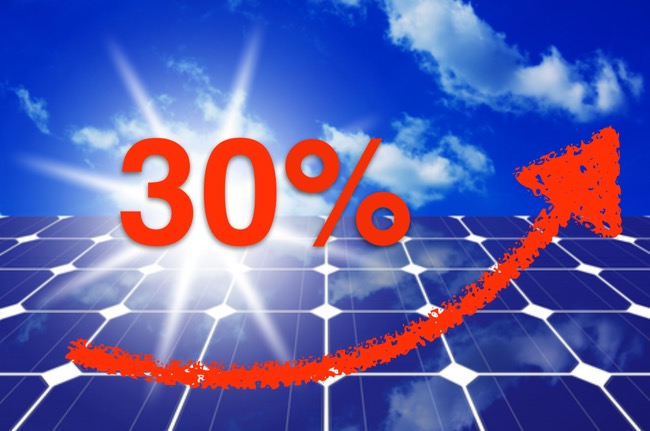
Do you know the difference between a P-Type and N-Type solar cell, duuuuuude?
When it comes to material for making solar cells, silicon is the most bodacious of all the elements. Its market share is an excellent circa 97%1. If you want solar PV, there is next to no choice other than silicon. However, there is more than one type of silicon cell, which is fortunate for people who enjoy faffing about when deciding what to buy. [Read more…]






 RSS - Posts
RSS - Posts



Currently Raging Debates: